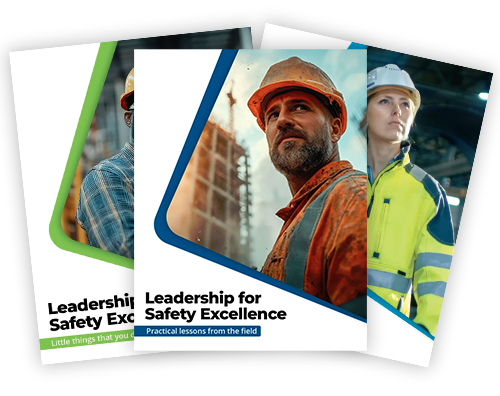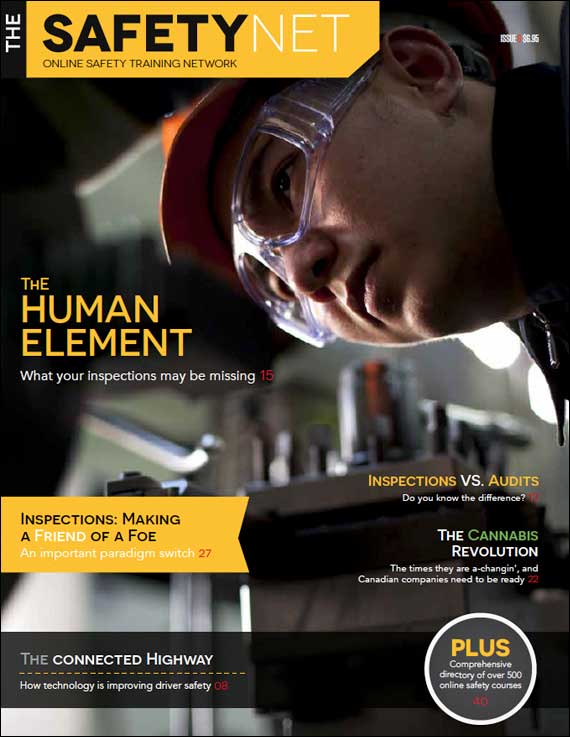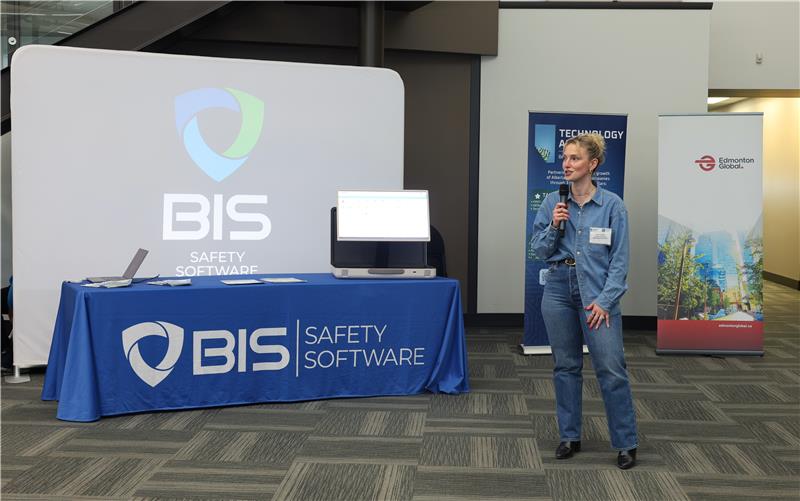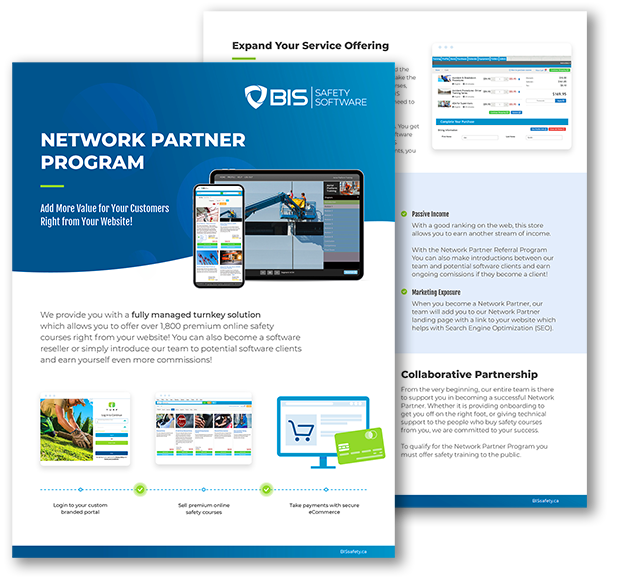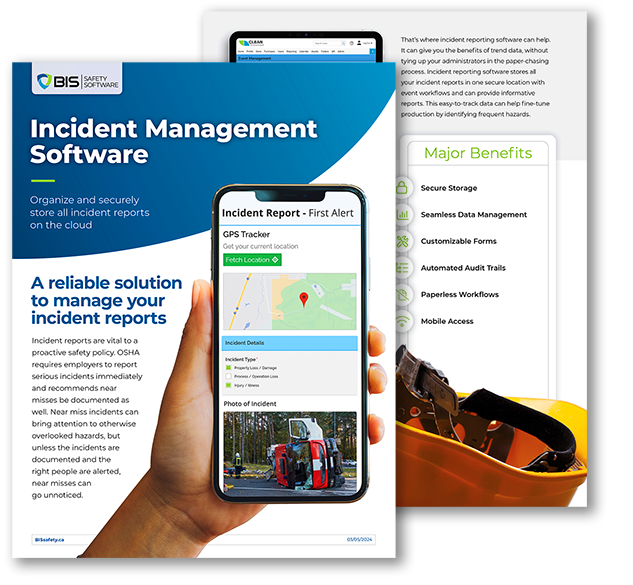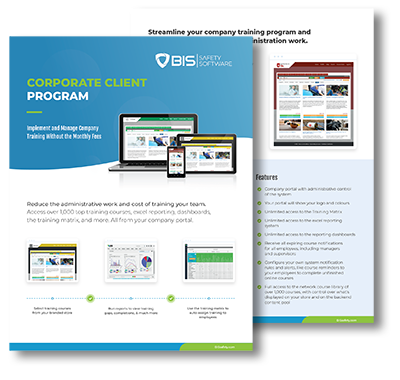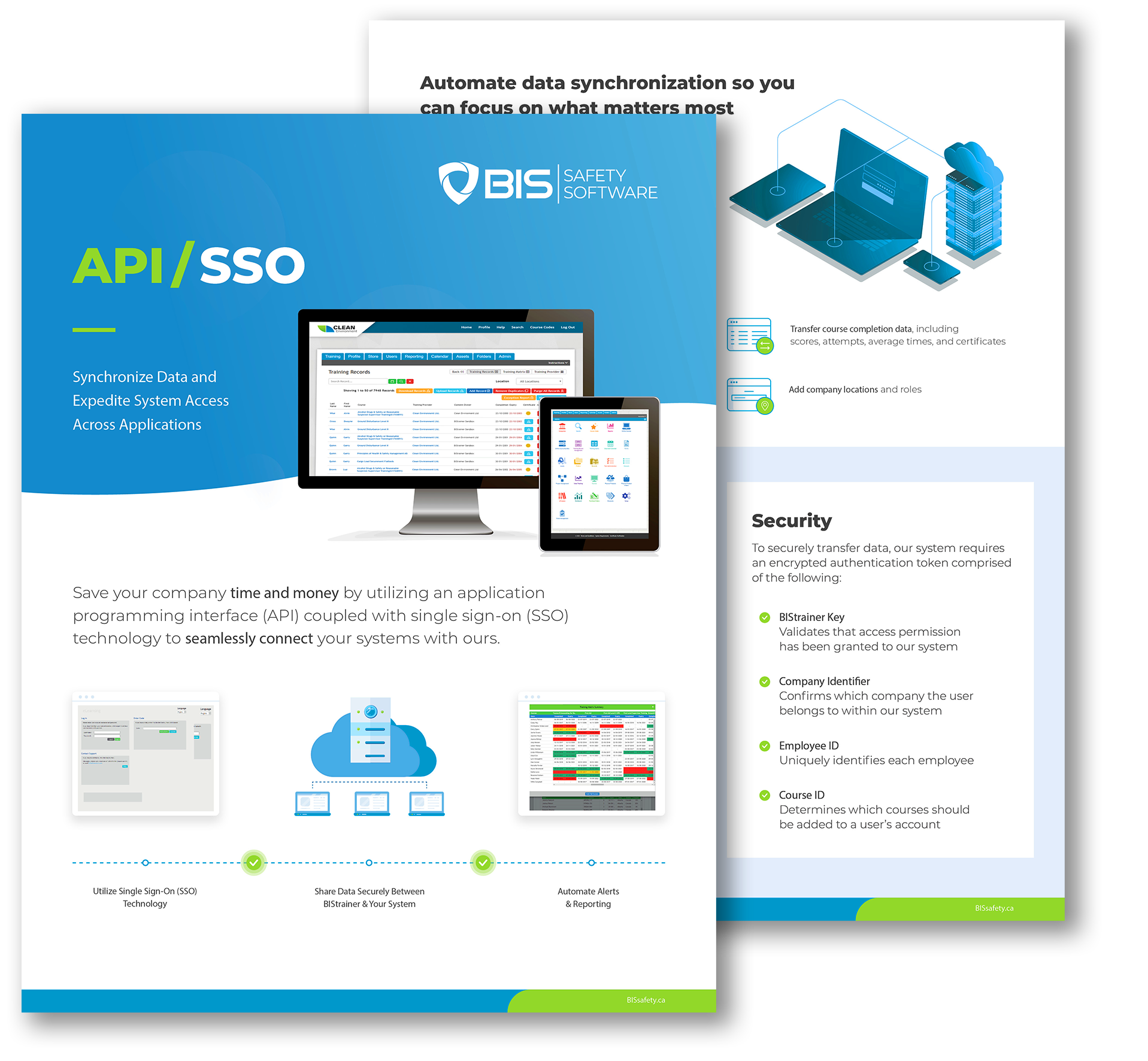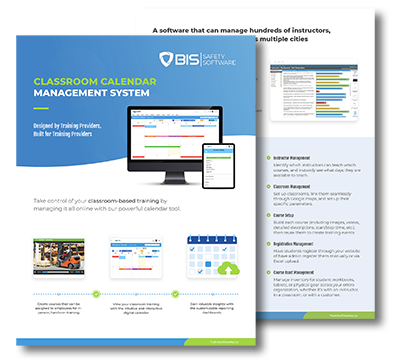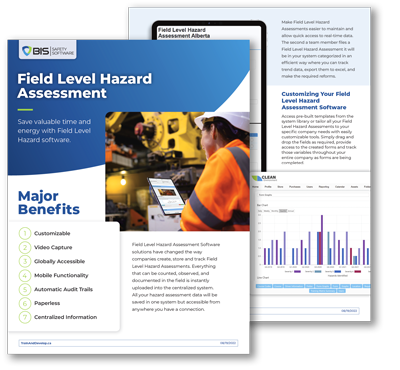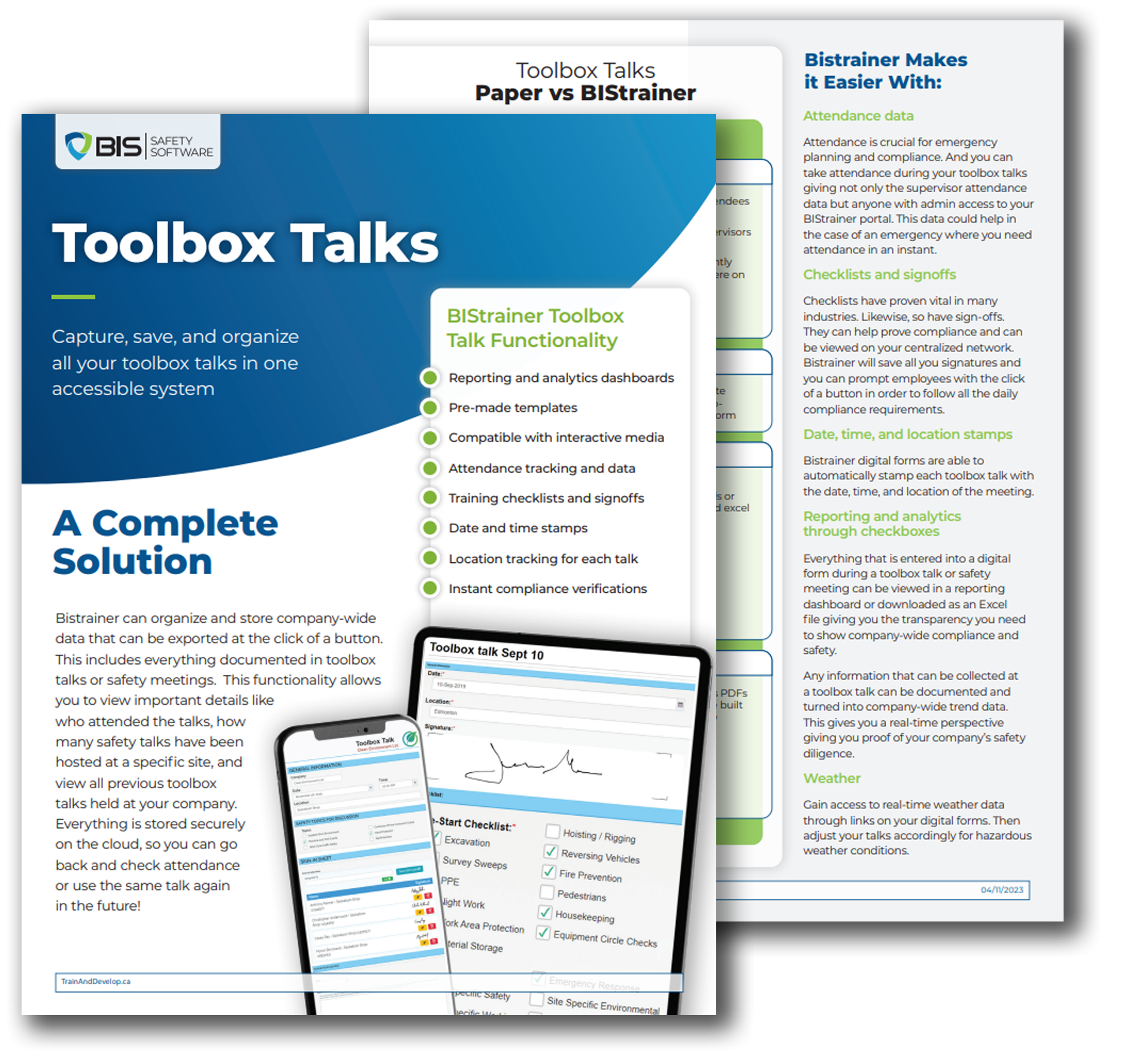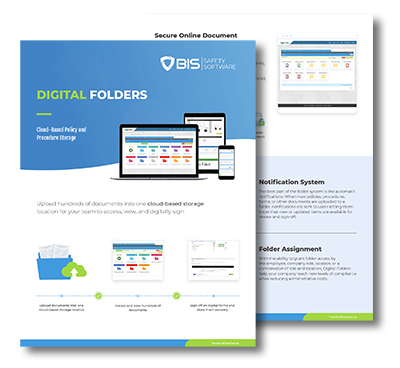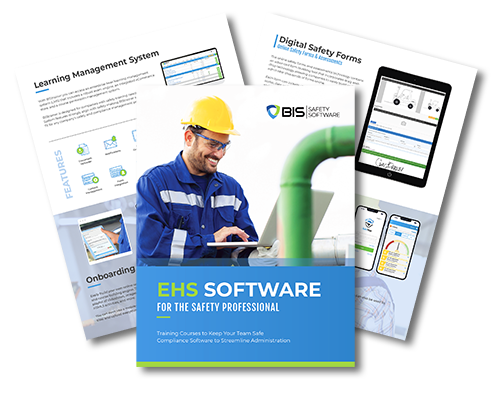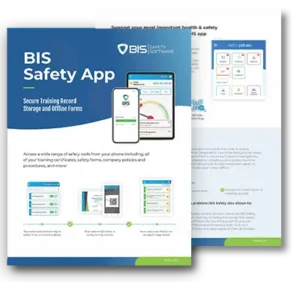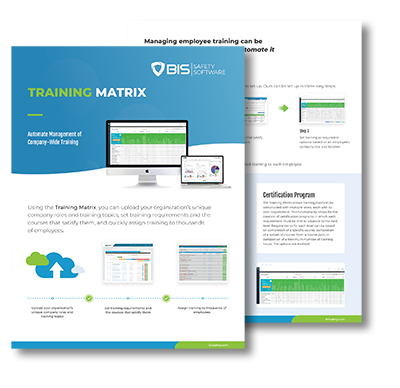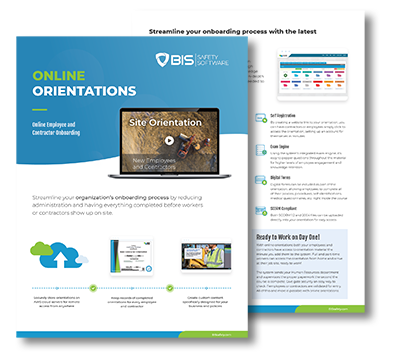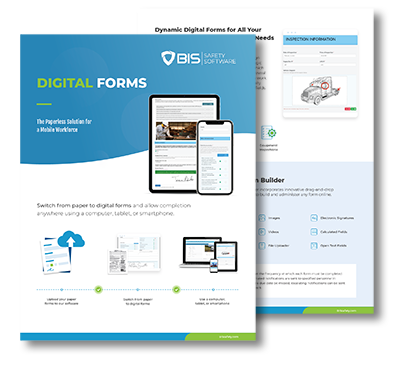Pipeline Construction Safety Training
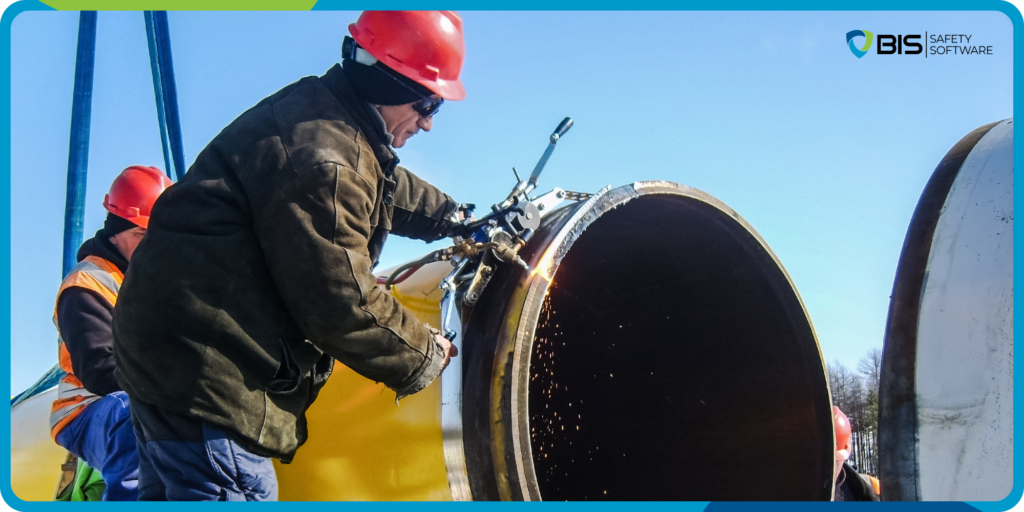
Home Blog Pipeline Construction Safety Training Essential Knowledge for Workers Enroll today! By RDadiz Facebook LinkedIn Pipeline construction plays a vital role in transporting oil and natural gas efficiently and safely. However, building and maintaining these pipelines comes with significant hazards that can put workers, the environment, and the surrounding communities at risk. Proper training ensures that every worker understands the best safety practices, potential hazards, and industry regulations. The Pipeline Construction Safety Training (PCST) course provides comprehensive knowledge on hazard identification, risk mitigation, and safe construction techniques. This training ensures workers can perform their jobs safely and effectively. Upon completion, participants receive a QR Code-enabled certificate for quick verification of their credentials. Why Pipeline Construction Safety Training Matters Pipeline construction involves heavy machinery, hazardous materials, and complex processes. Without the proper training, workers face risks such as falls, equipment-related injuries, chemical exposure, and fire hazards. A well-trained workforce helps to: ✔ Prevent accidents and injuries on-site ✔ Ensure compliance with safety regulations ✔ Reduce costly delays caused by safety violations ✔ Protect the environment from contamination risks ✔ Improve communication and teamwork among workers What’s Covered in Pipeline Construction Safety Training? 1. Understanding Pipeline Construction Processes ✔ Overview of pipeline construction steps ✔ Surveying, trenching, and laying pipelines ✔ Welding, coating, and non-destructive testing ✔ Backfilling, pressure testing, and reclamation 2. Recognizing Common Hazards ✔ Working around heavy equipment and vehicles ✔ Uneven terrain and trench-related risks ✔ Exposure to hazardous chemicals and gases ✔ Lockout/Tagout (LOTO) procedures for hazardous energy ✔ Overhead power line safety 3. Fire Prevention and Emergency Preparedness ✔ Fire hazard identification and prevention strategies ✔ Fire extinguisher types and proper use (PASS method) ✔ Emergency response procedures for spills and incidents ✔ Safe handling of flammable materials 4. Personal Protective Equipment (PPE) and Safe Practices ✔ Selecting and using the right PPE for pipeline work ✔ Importance of eye, hand, foot, and respiratory protection ✔ Best practices for avoiding workplace injuries ✔ Safety protocols for working in remote locations Get Certified Today! Pipeline construction requires specialized knowledge and adherence to strict safety standards. The Pipeline Construction Safety Training (PCST) course provides workers with the essential skills to work safely, prevent accidents, and ensure compliance with industry regulations. Participants will receive a QR Code-enabled certificate for verification. Enhance your safety knowledge, [Enroll in Pipeline Construction Safety Training Today]! Follow us! Stay up-to-date with the latest spotlight articles, podcasts, the SafetyNET Magazine, or our book on Leadership for Safety Excellence. All updates will be shared on our social channels, click below to follow us. Facebook Linkedin Related Articles All Posts #EmergencyPreparedness 2025 safety trends 360 Immersive 360immersive 6S Safety accident prevention accidental careers adjustable workstations adult education AI automation AI implementation AI in business AI in operations AI in Safety AI podcast AI strategy AI transformation Alberta safety courses Allan James Moore artificial intelligence asking for help audit findings audit readiness Audit Reporting automation in safety automation strategy avoidable injuries awareness Aztec Safety back strain BambooHR integration behavior-based safety Behavioral Safety behavioural safety biometric sensors BIS Podcast BIS Safety Podcasts BIS Safety Software BIS Safety Spotlight black holes Blame Culture BP Texas City Explosion Brave Leadership Brett Burkard burnout business automation Canadian OHS Canadian safety Canadian safety history Canadian safety standards carbon monoxide Carolynne Heron CCOHS chemical chemical vapors chronic injuries chronic pain cloud-based safety tools Coming Soon community safety programs Competency in Safety complacency in safety Compliance compliance courses Compliance In Canada compliance issues Compliance management Compliance Reporting compliance software compliance tools compliance tracking compliance training compliance vs protection Construction advocacy Construction education Construction industry construction safety construction safety training continuous improvement continuous safety improvement corporate culture corporate training corrective actions crane CSA standards Customer Spotlight Customer Spotlight Kevin Swinden Global Hazmat Safety Culture Hazmat Management Dangerous Goods Competency in Safety Workplace Risk Mitigation BIS Training Clients Canadian EHS customized training daily trip inspection Damage Prevention Dangerous Goods dangerous goods classification Danny Sellers data-driven safety Decision Analysis defect management defect tracking defensive driving DEI in onboarding digital compliance digital forms Digital Hazard Reporting Digital Onboarding digital safety Digital Safety Audits Digital safety systems digital safety tools digital safety transformation Digital Training Tools digital transformation DMS features document control document management system Dr. Joanna Pagonis Dr. Tom Krause driver file management driver training driving instructor program DTRMS e-learning e-learning tools eadership in safety early intervention education technology EHS EHS Adoption EHS Compliance EHS digital solutions EHS Inspections EHS Onboarding EHS software EHS systems EHS tools Einstein electrical safety Emergency Action Plan emergency preparedness emergency response emergency supplies emotional training employee behavior employee engagement employee health Employee onboarding Employee Readiness employee safety employee training Energy Isolation ergonomic consulting ergonomic design ergonomic risks ergonomics Evacuation Procedures evidence collection EWI Works exoskeleton exoskeletons failure analysis fall protection fast onboarding field experience field level hazard assessments field safety field safety assessments field safety services Field Safety Technology Field-Friendly Software Fire Drills fire prevention Fire Safety Training first aid kit first week on the job first workplace injury fleet management fleet safety FLHA engagement FLHA Integration FLHA software FMEA freight Frontline Engagement frontline safety future of work Global Hazmat global onboarding gravitational waves hand injuries handling hazardous materials hands-on training hazard analysis hazard assessment compliance Hazard Awareness hazard communication Hazard Identification hazard prevention hazard recognition Hazardous Energy Control Hazmat Management Health & Safety Podcast health and safety hearing loss prevention hearing protection heavy equipment safety hidden workplace hazards high voltage systems HR automation HR software human factors human in the loop Human Performance human vs machine human-centered design human-centered safety humor in safety ICBC certification identification immersive learning Imposter Syndrome incident data incident investigation incident prevention incident reporting industrial AI Industrial Hygiene industrial safety influence vs control Infrastructure Risk injury consequences injury prevention injury prevention tips injury recovery injury reporting injury response injury response plan instructor development internal audits international workforce invisible dangers ISO standards Jeff Mulligan Jennifer Lastra job site accountability job site hazards job site risks job site



